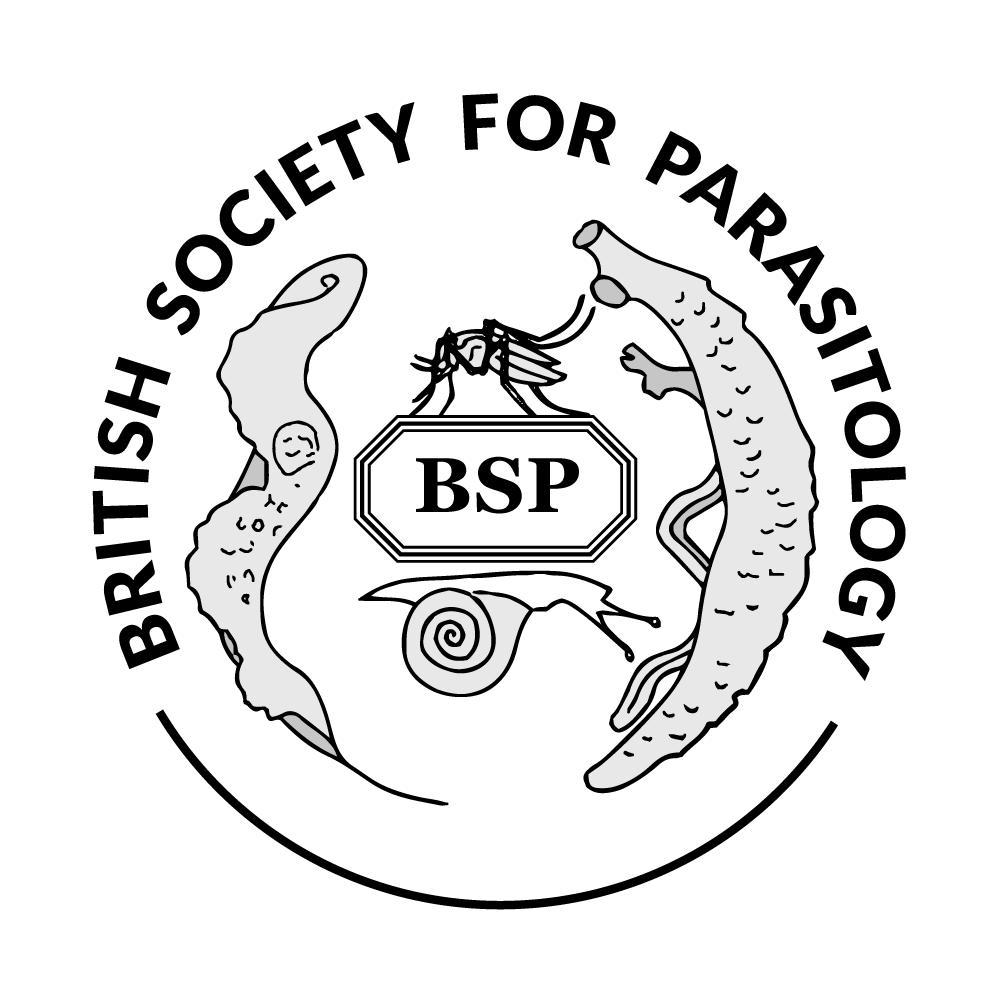Authors
D González-Pacanowska2; V M Castillo-Acosta2; M Valente2; L M Ruiz-Pérez2; E J Van Damme3; Y Igarashi1; J Balzarini4; 1 Biotechnology Research Center, Toyama Prefectural University, Japan; 2 Instituto de Parasitología y Biomedicina “López-Neyra”. CSIC., Spain; 3 Laboratory of Biochemistry and Glycobiology, Ghent University, Belgium; 4 Rega Institute for Medical Research, KU Leuven, BelgiumDiscussion
In Trypanosoma brucei, surface VSGs are modified by mannose rich or complex glycans. We have identified a series of carbohydrate-binding agents (CBAs) that bind to surface glycoproteins and exhibit a strong trypanocidal activity against the clinically relevant bloodstream form. Analysis of the mode of action showed a rapid internalization of glycoprotein-CBA complexes and accumulation in the lysosome leading to perturbation in endocytosis and in the progression of the cell cycle. Long-term exposure to peptidic agents such as Hippeastrum hybrid agglutinin yielded resistant parasites with reduced CBA binding and uptake. Resistant cell lines present modifications in the glycosylation profile of VSGs as a result of genetic rearrangements in the TbSTT3B oligosaccharyltransferase (OST) gene. The resistance phenotype was associated with the total loss of the expression of this OST, and a reduction of infectivity and virulence in mice. Carbohydrate-binding nonpeptidic compounds were also tested and exhibit pronounced antiparasitic activity. As an example, pradimicin and its derivatives are non-peptidic CBAs that adhere to the carbohydrate moiety of Trypanosoma brucei (etiological agent of sleeping sickness) surface glycoproteins inducing parasite lysis in vitro. Notably, pradimicin S enables cure of an acute form of sleeping sickness in mice. By inducing resistance in vitro we have established that the composition of the sugars attached to the variant surface glycoproteins are critical to the mode of action of pradimicins and play an important role in infectivity. Thus, specific glycosylation patterns are important for CBA cytotoxicity and parasite fitness in vivo and agents binding efficiently to surface glycoproteins may provide a unique and highly novel avenue for the development of treatments against parasitic diseases. We are currently exploring the potential of this class of compounds in the treatment of other parasitic diseases.
